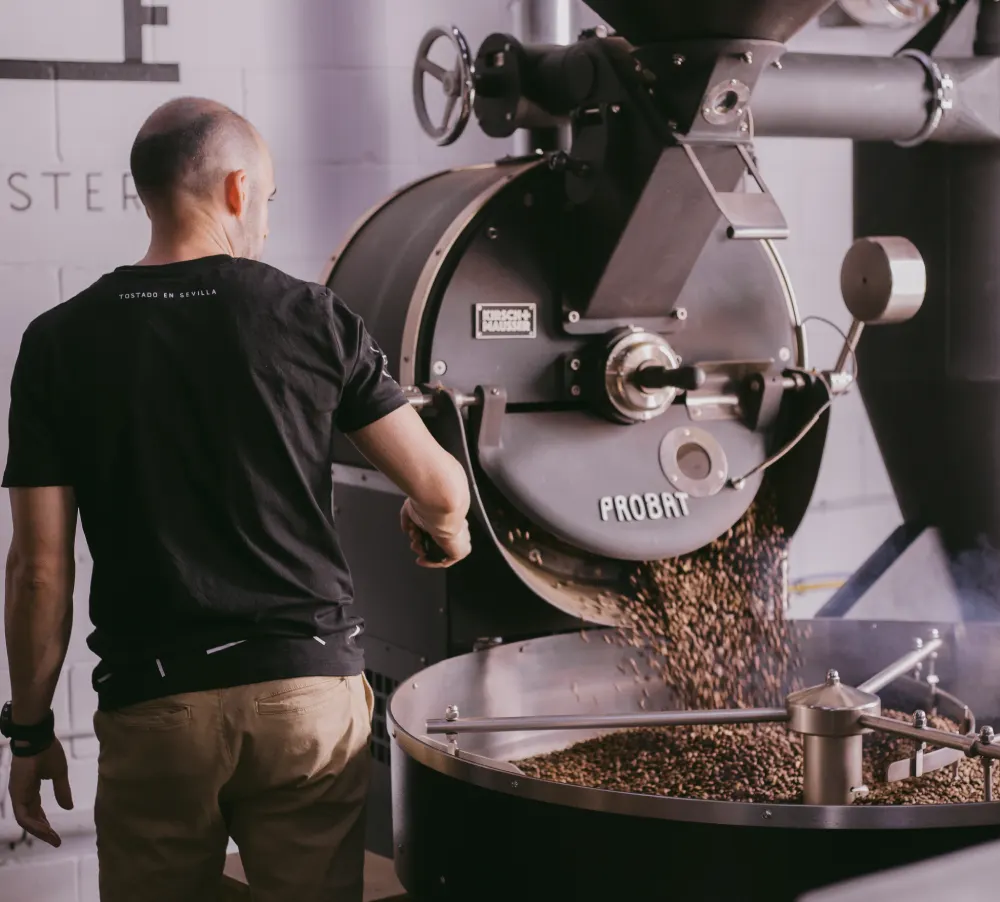Artificial placenta has been the subject of important advances in the field of fetal medicine, with promising results in initially prolonging the life of extremely premature animal fetuses.
This innovative development, led by Sant Joan de Déu and Clínic hospitals in Barcelona, aims to offer an alternative for premature babies born below 26 weeks of gestation, giving them a chance of survival outside the mother’s womb.
The artificial placenta, which reproduces the vital conditions of the mother’s placenta, has been able to prolong the life of animal fetuses by up to 12 days, compared to the brief minutes they usually last outside the uterus.
This breakthrough represents a significant milestone, as extreme preterm infants often face serious health sequelae.
This revolutionary technology is expected to radically change the survival of premature babies in the future, giving them better chances for health and well-being.
The artificial placenta project
The “CaixaResearch Artificial Placenta Project” has been supported by La Caixa Foundation, which has invested a considerable amount of money in its development.
In the first phase of the project, 3.35 million euros were allocated, and another 4.3 million euros are expected to be invested in the second phase, which will begin in July.
This ambitious initiative has been made possible through the collaboration of internationally renowned medical experts and researchers in fetal medicine.
First results and projection in humans
During the presentation of the first results of the project, the physicians highlighted the advances achieved in prolonging the life of extremely premature animal fetuses, using sheep as an animal model due to their cardiovascular similarity to humans.
However, the ultimate goal is to test this technology in human fetuses within two to three years.
Every year, around 25,000 extremely premature babies are born in Europe, and their survival is at risk, especially for those born between 22 and 23 weeks gestation.
The artificial placenta works by creating an environment that replicates intrauterine conditions in a translucent pouch.
The fetus remains connected through its umbilical cord and is protected from outside light.
Physicians can monitor the fetus using ultrasound scans and access it using a robotic arm.
This innovative approach aims to trick nature by allowing the fetus to survive outside the maternal womb.
The transition of the fetus from the maternal placenta to the artificial placenta is one of the most complex challenges.
However, doctors have developed a surgical technique that ensures a successful transition of the umbilical cord.
In addition, the design of the artificial placenta in a liquid medium has proven to be effective in protecting the fetus from infection and maintaining an optimal environment.




